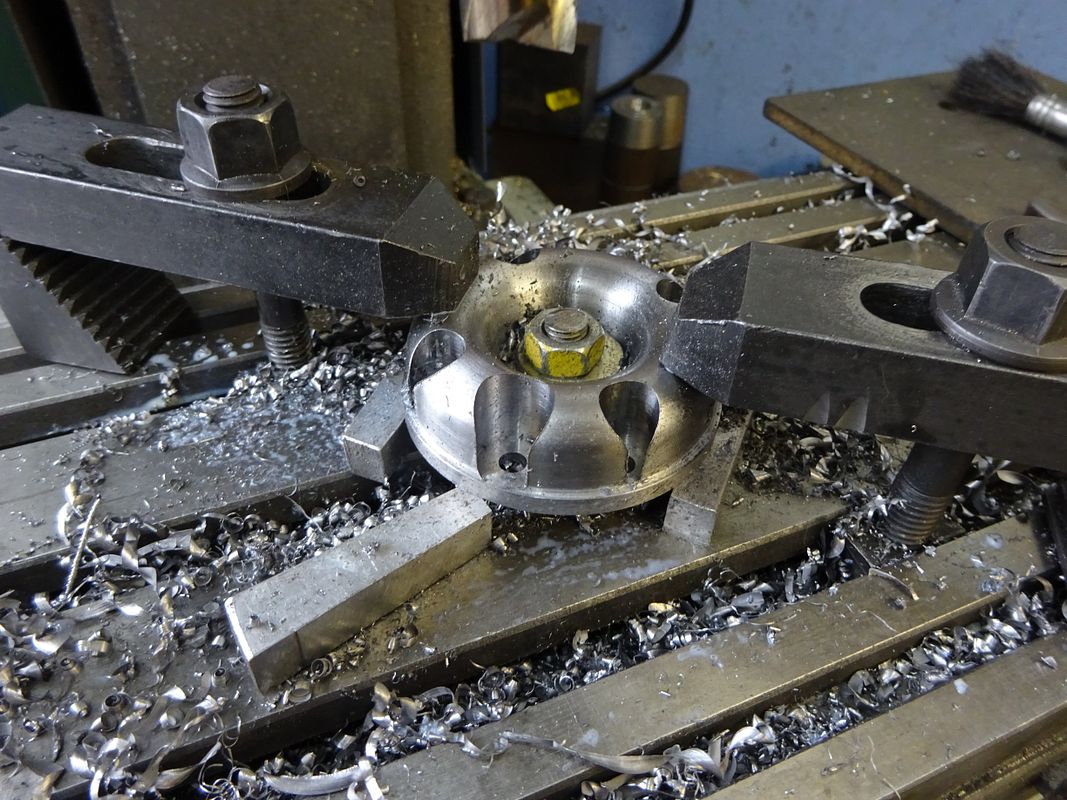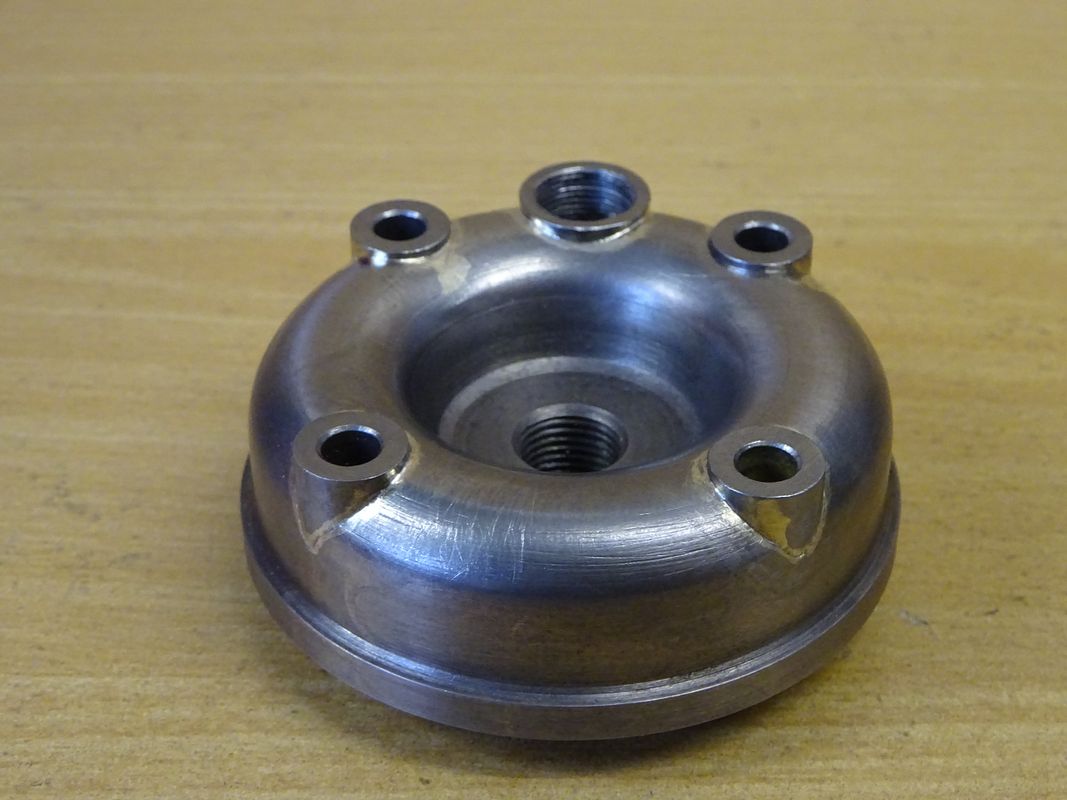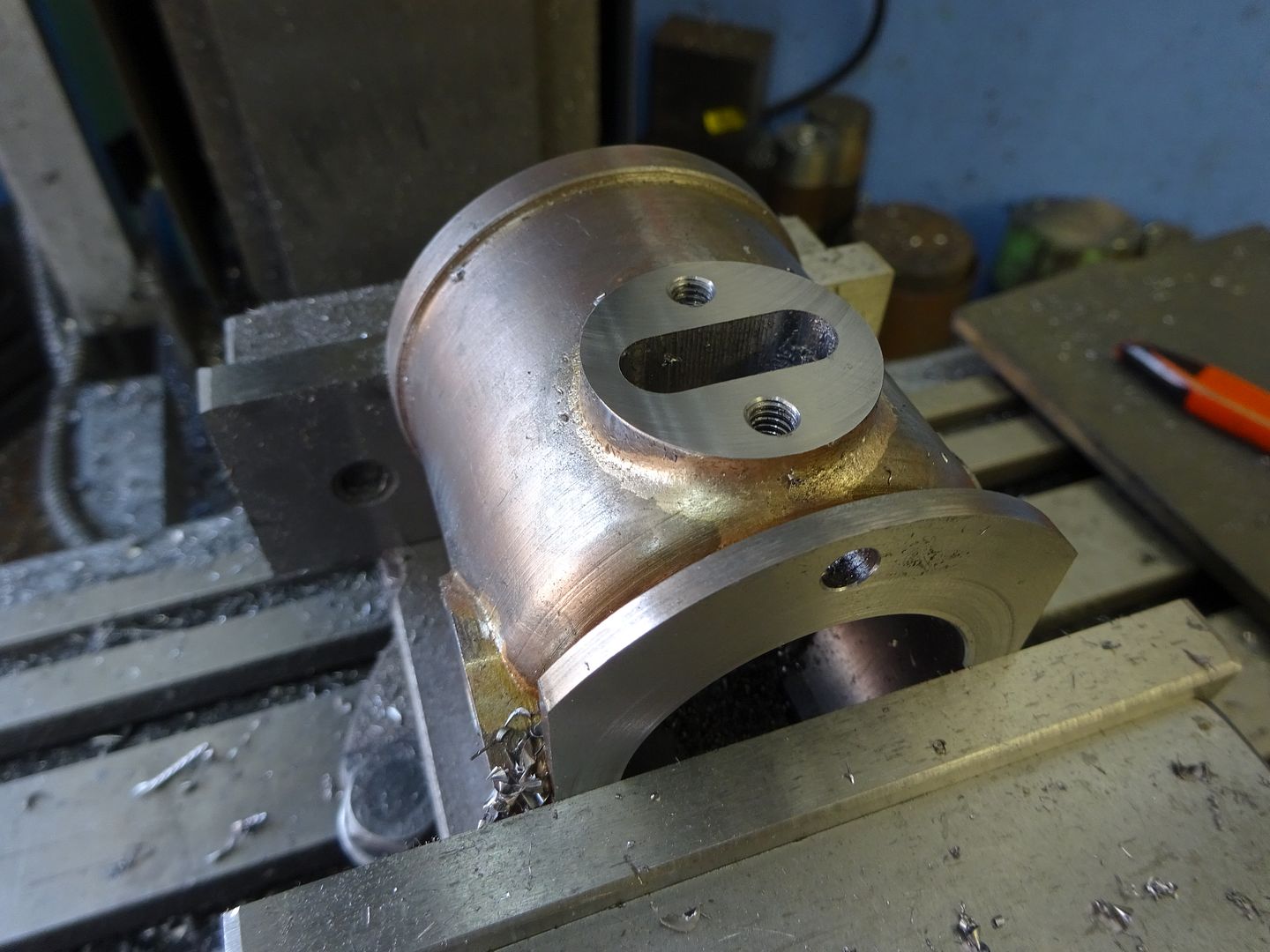I'd also be interested in seeing this one develop. It's an engine that I have liked the look of for a while but buying from Torsen at TS is a bit of a pain as he only accepts bank transfer and you have to also pay his bank costs for non Euro payments as well as my bank's which makes it expensive.
Craig, you should be able to open Solidworks part files with Alibre depending on what version you have though they will just open as a single part not all the sketches etc that were used to create each part but can be modified from that or a drawing produced.
I take it you have seen Tom's 1:1 scale build of the engine and wagon that he did on here a number of years ago
Craig, you should be able to open Solidworks part files with Alibre depending on what version you have though they will just open as a single part not all the sketches etc that were used to create each part but can be modified from that or a drawing produced.
I take it you have seen Tom's 1:1 scale build of the engine and wagon that he did on here a number of years ago












